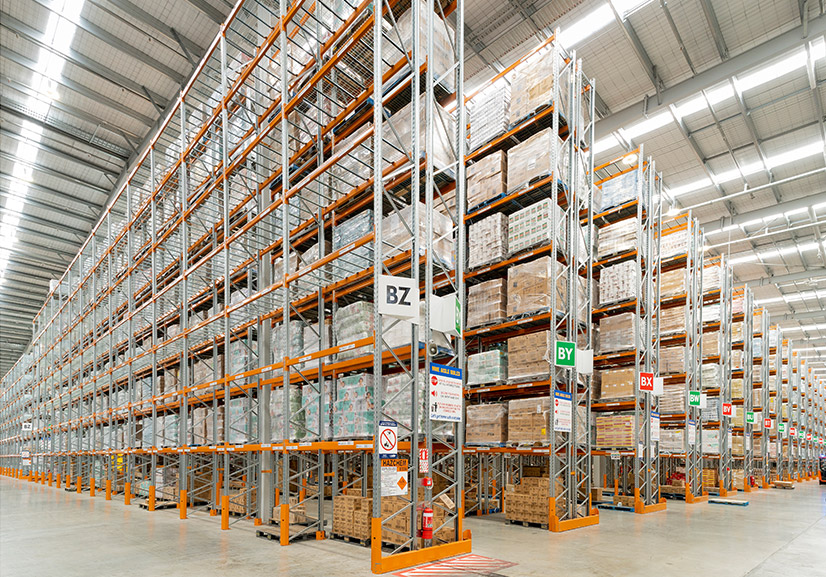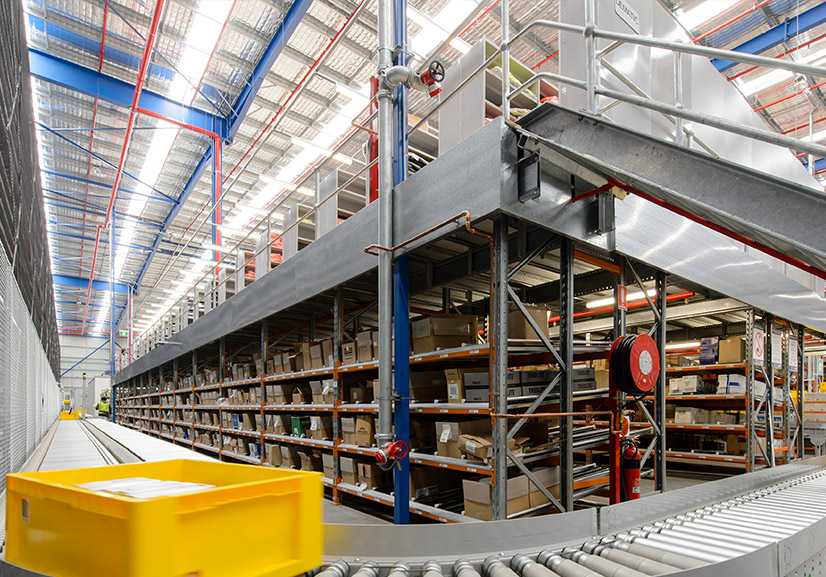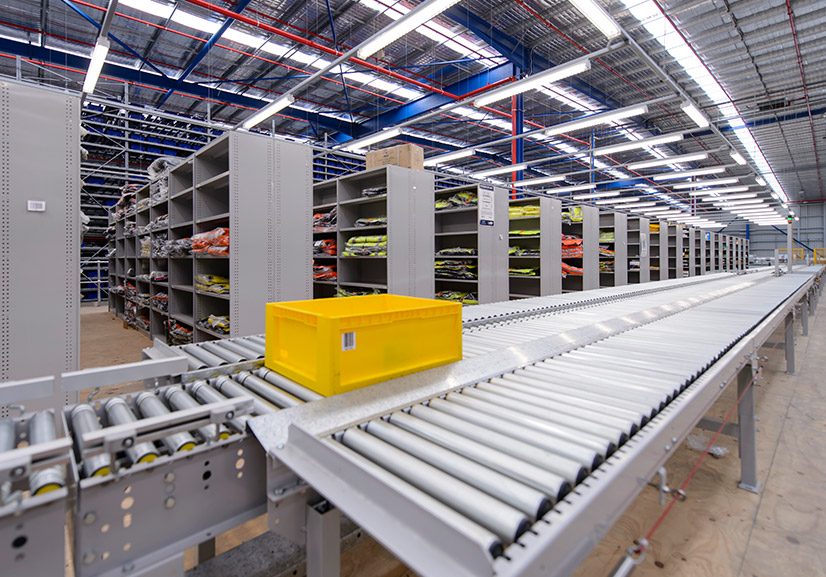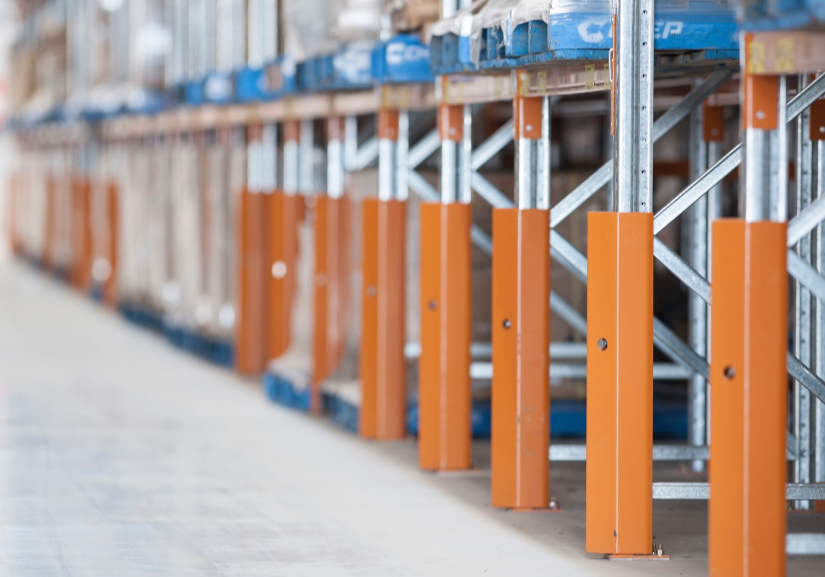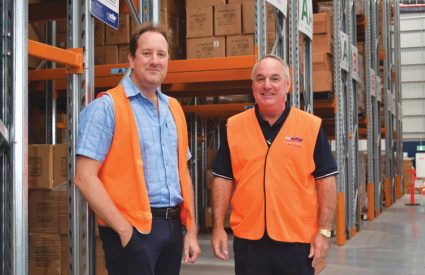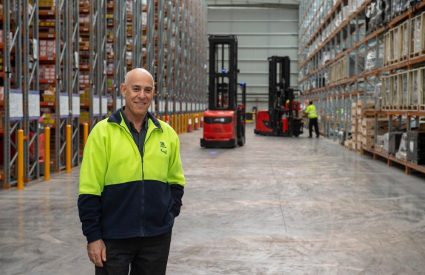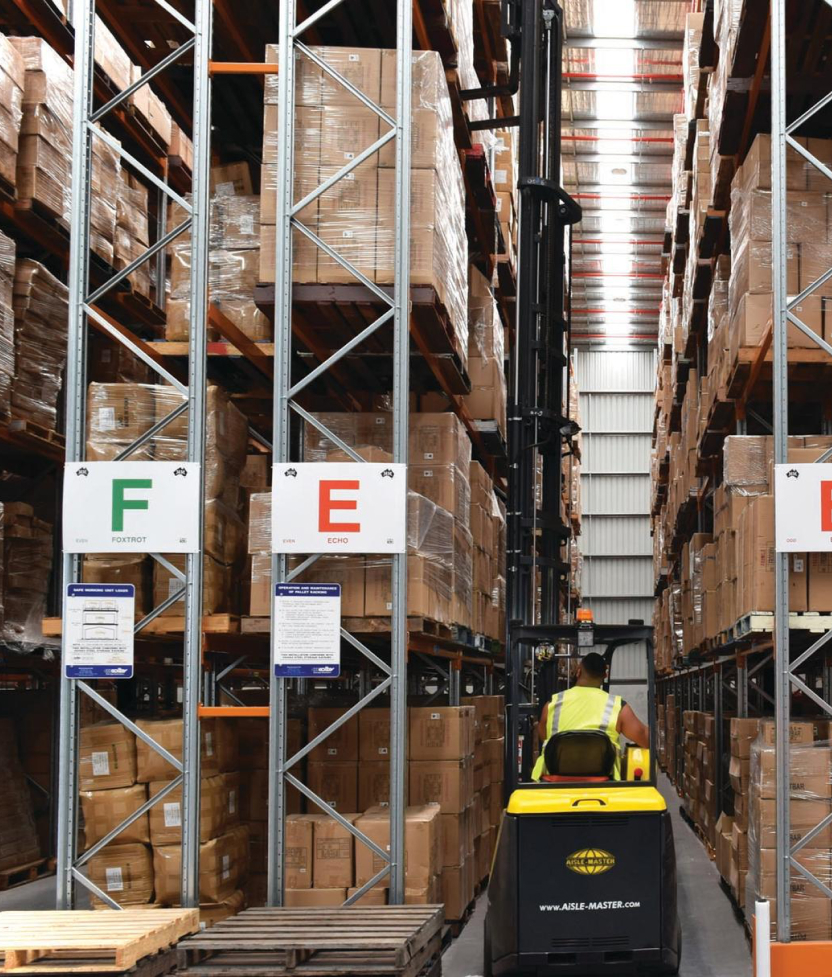COUNTDOWN – CHRISTCHURCH, NEW ZEALAND
Countdown’s ColbyRACK storage system, designed to cope with the extreme forces generated during seismic events, coped efficiently with on-going aftershocks following the 7.1 magnitude earthquake which struck Christchurch on September 4, 2010.
The storage system, designed and manufactured by Dematic in Australia, provides capacity for more than 19,000 pallets in Countdown’s newly upgraded Christchurch Regional Distribution Centre (CRDC) at Shands Road, Hornby.
Denva Galloway, Logistics Manager at the CRDC, said: “We’ve experienced literally thousands of aftershocks since Dematic installed our new pallet racking, and the ColbyRACK system has withstood them all efficiently.
“In fact, I don’t think we’ve even lost a single carton from the storage system,” she said.
“It’s quite amazing to see how the ColbyRACK moves swaying in a controlled manner in response to the ground movement when an aftershock occurs,” added Ms Galloway.
“The noise of the system as it flexes can be pretty scary at first, but it’s coped very well with everything to date and we have not had a single beam, upright or brace significantly damaged during any of the aftershocks,” she said.
Looking back to September 4, 2010
Countdown’s Shands Road DC was one of more than 40 warehouses reported to have experienced large scale storage system failures in Christchurch during the September 4, 2010 earthquake, with more than a third of the DC’s pallet racking collapsing. The storage system at Countdown’s nearby liquor DC at Columbia fared even worse, with around two-thirds of the more heavily-loaded racking failing and sending tens of thousands of litres of beer, wine and spirits crashing to the floor.
“We hadn’t experienced anything like that level of damage before during seismic events,” said Ms Galloway, who was Countdown’s National Safety, Health & Environment Manager at the time.
“You can’t begin to imagine the mess the DCs were in afterwards, especially our liquor DC, which had a veritable river of grog streaming out of the receiving and despatch docks.”
Timing undoubtedly saved lives
Compared to the magnitude 6.4 earthquake, which struck Christchurch on February 22, 2011 causing the deaths of 185 people, the September 4, 2010 magnitude 7.1 earthquake caused relatively few injuries, thanks mainly to the seismic event occurring at the early hour of 4.35am on a Saturday morning.
“Like everyone, I will be eternally grateful the earthquake struck when it did,” said Ms Galloway.
“We already had several people on site, having a cuppa and getting ready to start their morning shift, and it doesn’t bear thinking about how many people could have been injured or killed in warehouses throughout the city had the earthquake happened even half an hour later.”
Cleaning up and rebuilding
Immediately following the September 4, 2010 earthquake, Countdown set up a crisis management team to oversee business continuity, ensuring groceries could get to customers in need. This included the high level supervision, clean-up and restoration of its Christchurch DCs, with local warehouse engineer John Kimber playing a key role with the ground work.
“During the last number of recent earthquakes in December 2011, John was on holidays, but came back straight away to help, and his assistance throughout all stages of the rebuild and refurbishment was vital,” said Ms Galloway.
“When it was deemed safe to enter the DCs, specialist demolition crews set about removing the damaged racks and stock, and beginning the clean up process,” she said.
“Stock we could salvage was sent to Civil Defence centres and charities, but many of the racks were considered too unstable and unsafe, even when on the ground, to safely extract the product, meaning these goods had to be dumped.”
Concurrent with the clean up operation, Countdown’s logistics management team started implementing emergency supply chain initiatives to ensure goods would continue to be supplied to its network of stores on the South Island. This included working closely with Kiwirail to rail groceries from the North Island to the South.
Finding a smarter, safer storage solution
The extensive damage to warehouses throughout the city made everyone in the logistics industry rethink their approach to storage systems, said Ms Galloway.
“While the Shands Road DC was being cleaned up and the necessary structural repairs made, we started looking at our options when it came to fitting out the DC with new storage systems,” she said.
“We were aware of the excellent reputation of Dematic and the results they had been achieving with the design and implementation of recent storage systems for several DCs in Australia for Woolworths, and contacted them for advice.
“Having the experience of Dematic’s structural engineering team on board was very reassuring, and their advice and support throughout the reconstruction of the DC was invaluable.”
Protecting storage systems and operators
“One of the areas that Dematic helped us to better understand was the impact that stacking patterns can have on the performance of a storage system during a seismic event. Accordingly, we now have very strict guidelines on what can be put where within the storage system,” explained Ms Galloway.
“Dematic also made it clear to us the impact that any pre-existing damage to racking components can have during a seismic event. Accordingly, our new storage system features a full range of Colby Protect-a-RACK measures including front and rear upright guards and end-of-aisle protectors to minimise the chance of racks being accidentally damaged during day-to-day operation,” she said.
“Another decision we made from a safety perspective was to eliminate the use of man-up high rise order selection equipment such as stock pickers. This obviously created the need for more ground floor pick slot locations, with Dematic’s storage system design incorporating a greater than normal proportion of carton live storage (CLS) pick slots.”
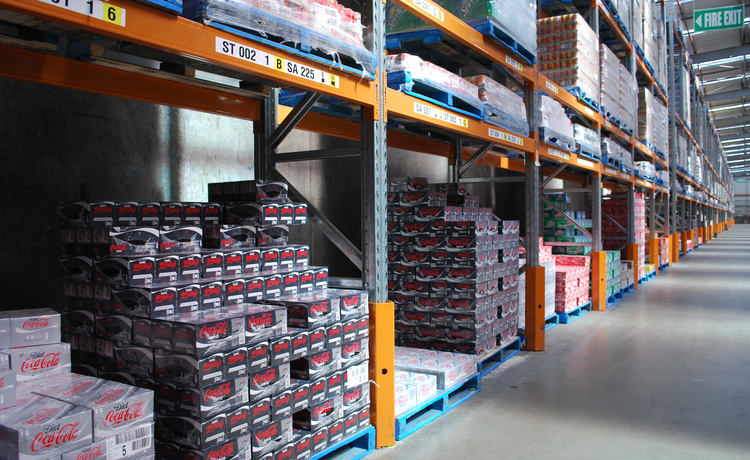
What happens to racking during an earthquake
“When an earthquake occurs, ground acceleration can increase the horizontal loadings on storage systems by a factor of 10 or more,” said Dematic’s Structural Design Manager, Dr Murray Clarke.
“The rack frames and beams respond by swaying to and fro, and the total mass within the racks – the stored pallets – begins to move in relation to the ground, creating inertial cross-aisle (transverse) and down-aisle (longitudinal) forces within the rack structure.
“The inertial forces acting in the cross-aisle direction will cause the rack to sway, increasing compression in one upright and decreasing the load on the other. The greater the horizontal seismic inertial forces acting on the storage system, the higher the compression and uplift forces will be. These uplift forces result in the racks attempting to pull the uprights’ baseplates free of the ground anchors, which secure them to the floor,” he said.
Dematic’s seismic rack design for Countdown’s CRDC
“While some rack suppliers make use of vertical and horizontal bracing to stabilise the rack in the longitudinal direction, at Dematic we avoid the use of down-aisle bracing at the rear of rack frames whenever possible, preferring instead to opt for the use of “standard” racking uprights and beams, increased in size as necessary to accommodate the seismic loads,” explained Dr Clarke.
The use of vertical bracing at the rear of rack frames can also be problematic since the bracing is prone to damage when putting away and retrieving pallets, possibly reducing its effectiveness under load, he said.
“Dematic also uses chemical anchors and special seismic baseplates, designed to behave in a predictable manner in the presence of uplift forces,” he said.
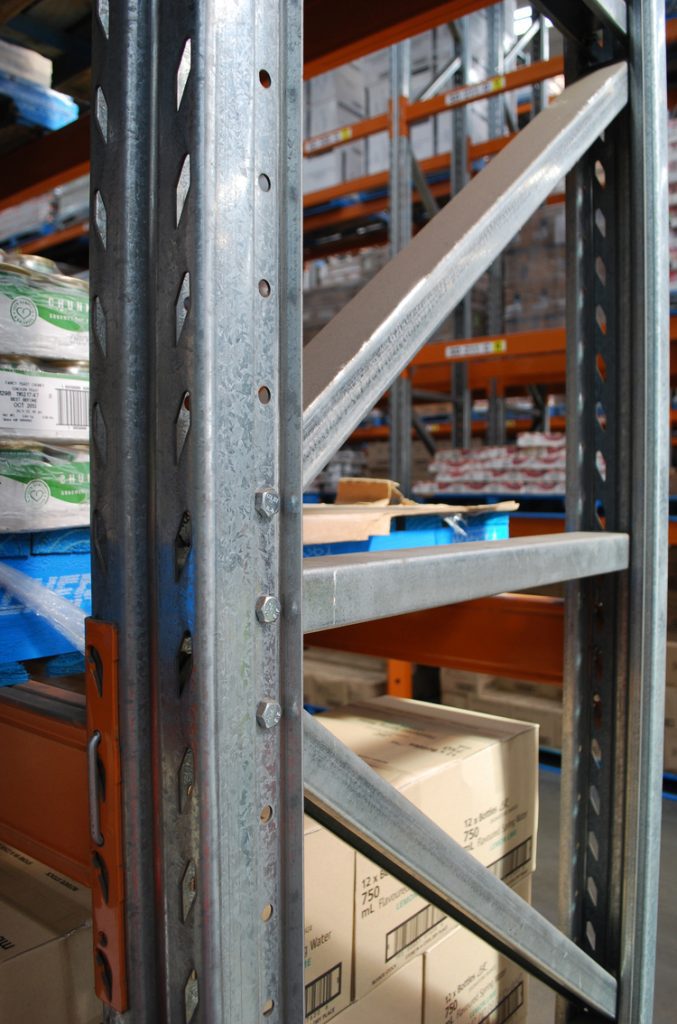
Countdown’s CRDC officially up and running
The $20 million construction and fit-out programme for the CRDC started in early October 2011 and was completed in June 2012. It comprises 22,000 sqm of upgraded warehouse space and a new 7,000 sqm receiving and despatch canopy.
The CRDC distributes up to 7,800 product lines to more than 68 Countdown, SuperValue and FreshChoice stores across the South Island. It was officially opened on July 11, 2012 by New Zealand’s Prime Minister, John Key.
For more information on Countdown’s seismic racking contact us today.
- The article was originally published on 16 March 2020


 1800 984 873
1800 984 873 